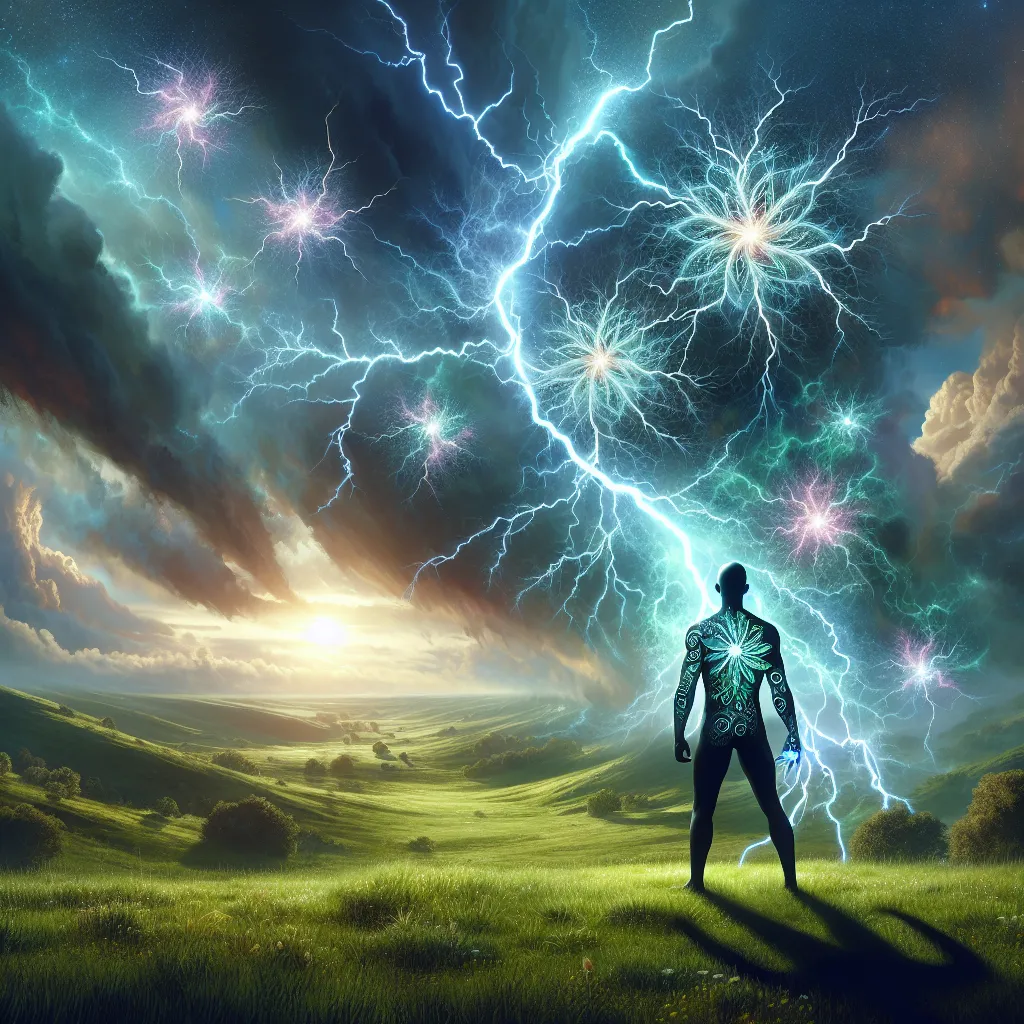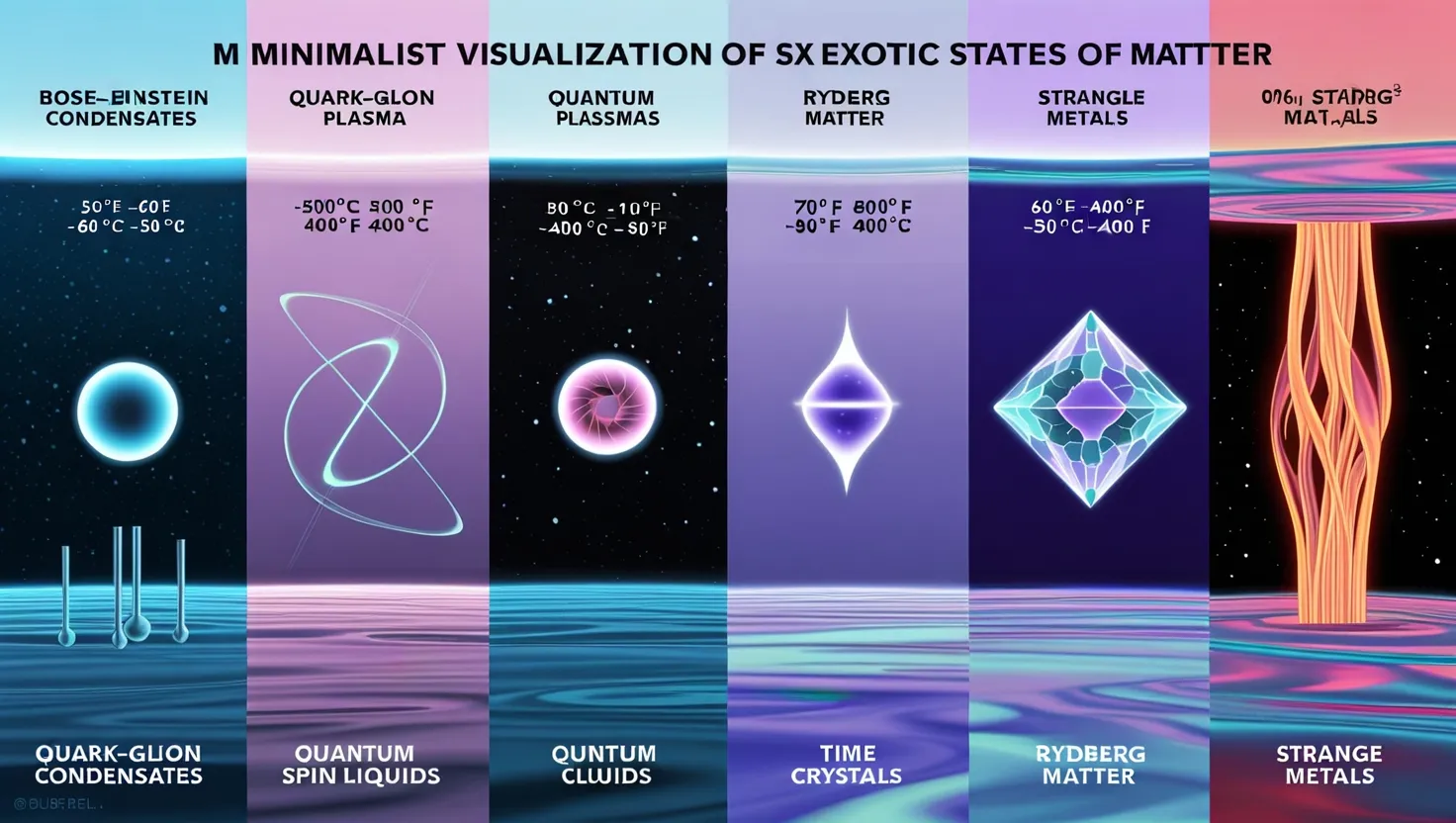Lightning is one of nature’s most incredible phenomena. It’s faster than a speeding bullet and six times hotter than the sun’s surface. It can strike out of nowhere, seemingly defying gravity, and unleash energy that can be both awe-inspiring and deadly. Scientists have long found lightning both fascinating and baffling—a frequent visitor in storms but one of the least understood aspects of our planet’s weather systems.
When you see a lightning strike, what you’re witnessing is a giant spark of static electricity slicing through the sky at a mind-blowing 60 million miles an hour. The bolt can carry up to a billion volts, ripping the air apart in an instant. This rapid expansion generates the brilliant flash of light and the booming clap of thunder we hear. All of this happens in less than the blink of an eye, but it manages to repeat itself up to eight million times around the globe every single day.
Despite being so common and well-observed, there’s a lot about lightning we still don’t understand. It’s vastly powerful—with up to a billion volts and 200,000 amps—comparable to a small nuclear power plant. Understanding lightning could reveal essential secrets about life on Earth.
Consider the experience of Michael Utley, a former stockbroker, who was struck by lightning while playing golf. One minute he’s out on the green; the next, a massive charge of 30,000 amps races through the atmosphere and hits him directly. He remembers nothing until he wakes up 38 days later in an ambulance, on his way to rehab. Lightning had literally fried his body, stopping his heart and relying entirely on the people around him to perform CPR to save his life. Even with quick resuscitation, the road to recovery is long and grueling. Utley endured years of rehabilitation for nerve and muscle damage, and some of the injuries he sustained will never fully heal.
Scientists are working hard to unlock the mysteries of how lightning affects the human body. At the University of Illinois, researchers use advanced MRI technology to study lightning strike survivors like Utley. While conventional MRI scans might show a perfectly normal-looking brain, functional MRI can reveal the hidden damage. These scans show how the brain has to work harder and use more energy to perform simple tasks, illustrating how the lightning has fundamentally altered the brain’s normal functioning.
Outside of the human body, lightning leaves fascinating and often deadly physical marks. Lightning flowers, also known as Lichtenberg figures, are unique patterns created when the lightning’s current ruptures tiny blood vessels just under the skin. They’re like nature’s tattoos, a record of the electric path. But not all effects are visible. Lingering memory problems, irritability, and other psychological symptoms often plague survivors.
In the broader scientific quest to understand lightning, researchers are delving even deeper. Some targets are as exotic as ball lightning—glowing spheres that have been reported for centuries but rarely understood. Though often doubted, there are many credible eyewitnesses ranging from soldiers to scientists who have described these mysterious orbs.
The hunt for understanding ball lightning and other phenomena has led scientists to some radical theories, including one that involves cosmic rays from outer space. These tiny high-speed particles could potentially explain how lightning bolts are able to travel through air. Once thought of as pure speculation, new technological advancements and experiments are beginning to support these exciting ideas.
Back in the sky, researchers are uncovering even more bizarre phenomena. High above thunderstorms, lesser-known events like sprites, blue jets, and elves flicker briefly into existence. These spectacular light shows are just beginning to be understood and show that our atmosphere is more electric and dynamic than previously thought.
Lightning not only has dramatic impacts on Earth but stretches its influence into space. Studies have revealed that powerful lightning on Earth can help clear hazardous radiation particles in space, indirectly protecting our satellites and the technology we depend on daily. This function is crucial for our global communications and navigation systems.
Lightning reminds us of our planet’s power and the complex, delicate balance needed to sustain life. From its dazzling flashes in the sky to its searing paths through our bodies, lightning is a constant but often underappreciated force. Science is gradually pulling back the curtain on this phenomenon, revealing a deeper connection between natural forces and sometimes, even a link between the Earth and the stars.






